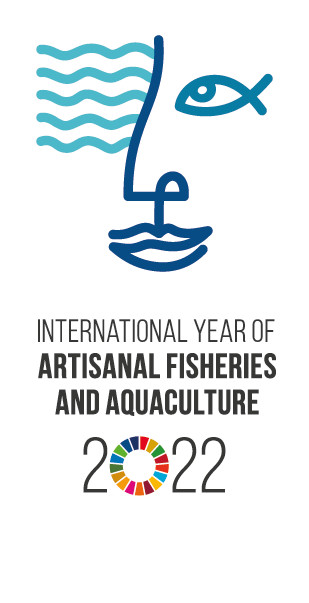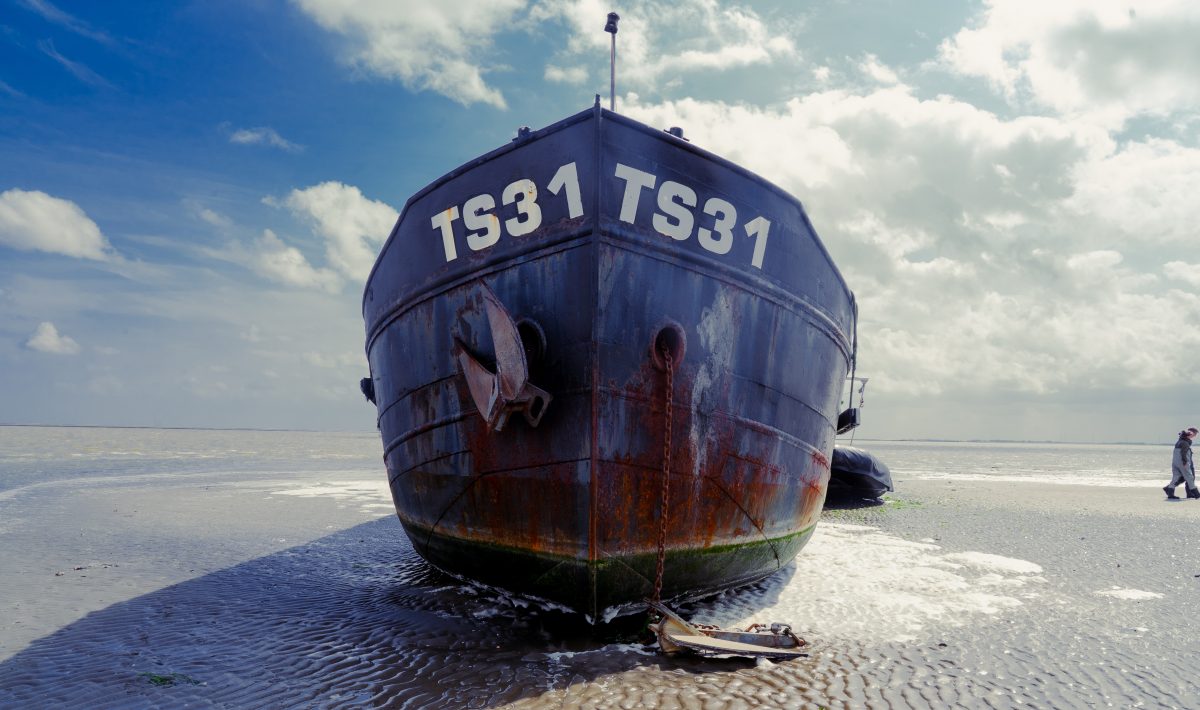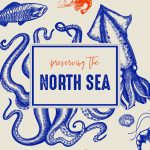Our project is all about small scale, sustainable fishers and the artisans transforming the caught fish into world-class delicacies. We’ve been at it for almost a year. Along the way, we’ve met fishermen in Jutland, Denmark and producers of salt on an island in the Kattegat. We jumped into the Waddenzee to tag red mullet for ecologist to track. We received a master class in smoking mackerel in the Netherlands. So it came as a pleasant surprise when we found out that next year is International Year of Artisanal Fisheries and Aquaculture (IYAFA).
I always prefer looking forward, rather than backward, at the end of the year. And I’m really looking forward to next year. As luck would have it the Food and Agriculture Organization of the United Nations is focusing on exactly the same things we are. Their goal? An imaginary future in which:

small-scale artisanal fishers, fishfarmers and fishworkers of both genders are fully recognized and empowered to continue their contributions to poverty alleviation, human well-being and resilient and sustainable food systems through the responsible use of fisheries and aquaculture resources and socio-economic development.
Our International Year of Artisanal Fisheries and Aquaculture
If you had asked me a year ago what Preserving the North Sea was all about, I would have said stories and cooking. That’s still the heart of the project, no doubt. But we keep meeting more artisans and fishers who tell us about their thoughts on sustainability. The more I hear, the more clear it is that sustainability is a matter of life or death. Not just for the fish but for the humans landing them. When we hear news about the damage that a beam trawler does to the seabed, it can quickly unravel into a million different threads: population decline in the fishery and unintended species, inefficient use of fossil fuels, destruction of bottom dwelling fauna such as coral, the release of sequestered greenhouse gases from the floor sediment, unsafe working conditions for the crew, inequity in economic development, abandonment of seaside villages and lifestyles, the loss of heritage and tradition. That’s just one fishing practice in one small sea at the edge of Europe.
The FAO’s dream is taking into account the North Sea and the Yellow one, the Pacific and the Arctic ocean. And all the great bodies of water laying between them. It’s an ambitious imaginary. We might still save the seas, the fish and the human beings that all rely on each other to survive. There is a holy constellation connecting it all. And as goes one, so go all.
This year, Preserving the North Sea will visit at least 4 more countries: Norway, Sweden, England, and Scotland. It’s so exciting that we will get the opportunity to meet the real people doing the hardest labor of all: the daily grind of making dreams come true. Because in the end, it’s not about what the FAO does, it’s what each of the brave people fighting for their lives and livelihoods are doing out on those dark waters around the world.





Recent Comments